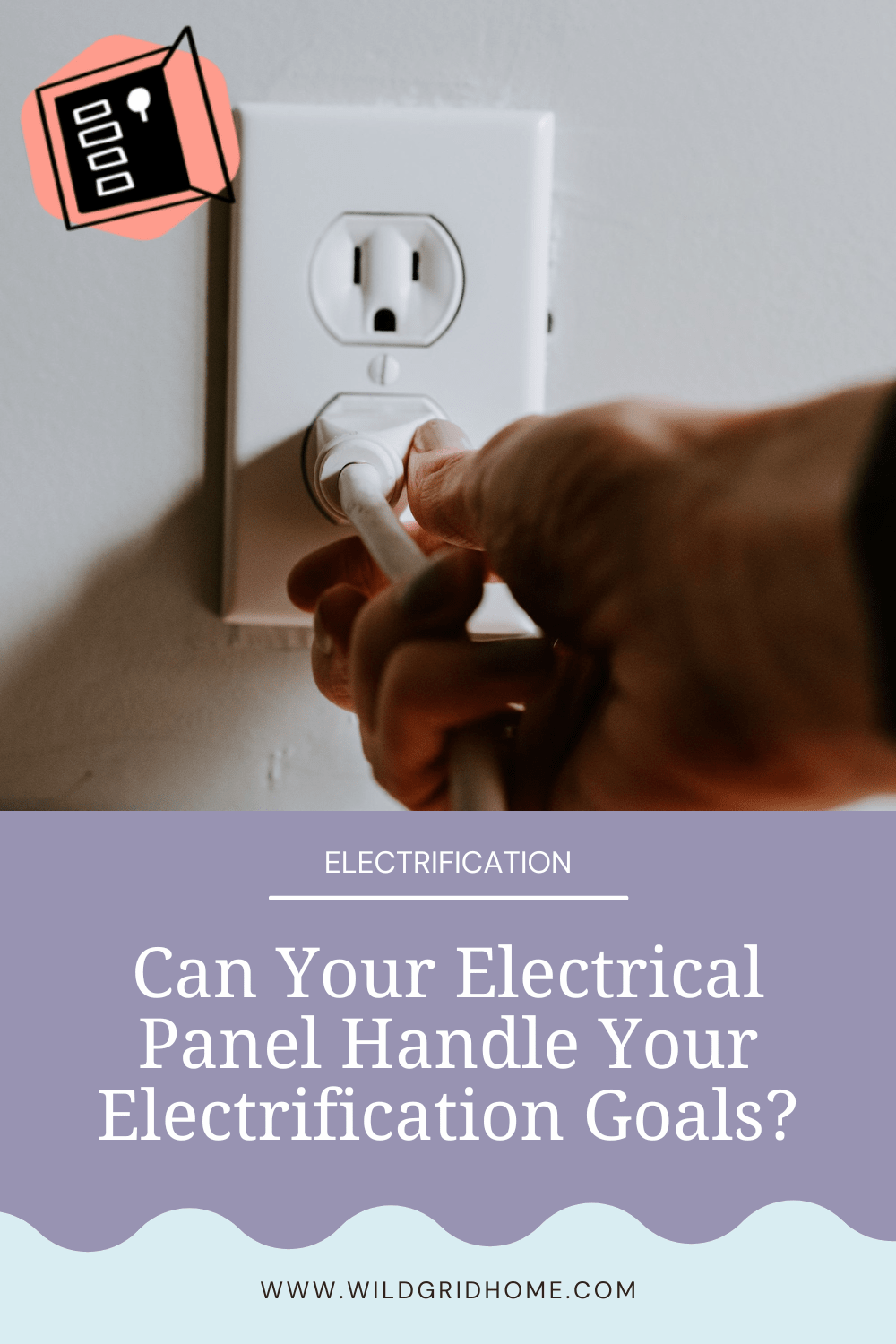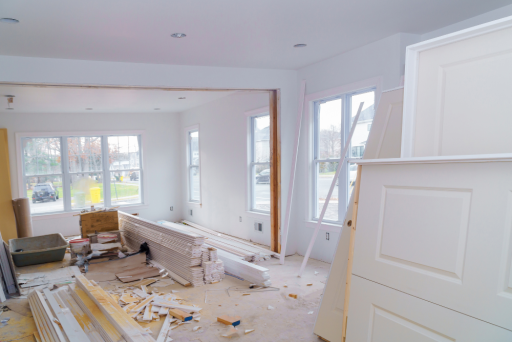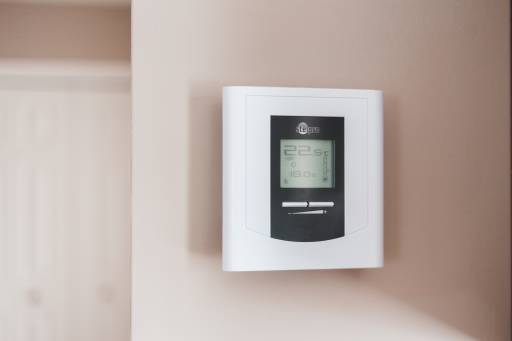Can Your Electrical Panel Handle Your Electrification Goals?
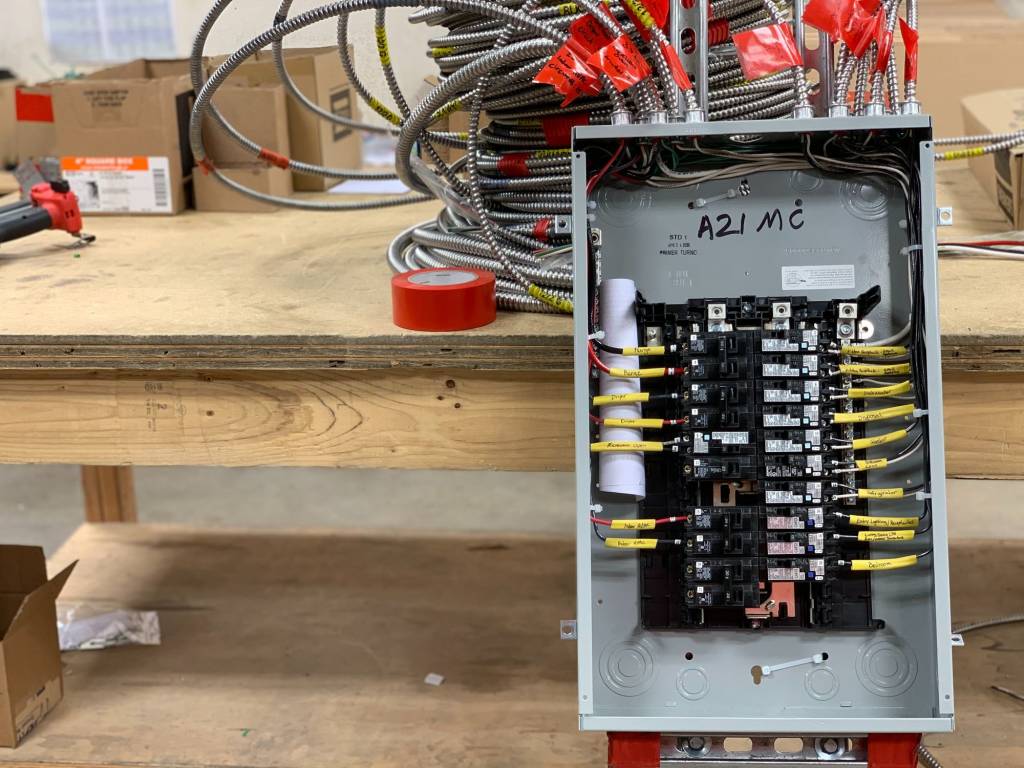
While it may seem like your house has an endless supply of electricity, it can actually only support a limited amount of appliances! So how do you know if your electrical panel handle your eco-friendly upgrades?
Because the truth is: if you’re taking steps toward curbing your fossil fuel use and increasing your dependence on electricity, i.e. future-proofing your house, this limited power capacity could become an issue. 🙅♀️
Here is how to identify whether or not your home’s current electrical service will be able to handle your electrification goals, and what to do if you discover it can’t.
Step one: find your electrical panel. 🕵️
Electrical Panel Basics
In some discrete corner of your house, there is an anonymous looking metal box embedded in the wall. This is your electrical panel (you might also know this as a “breaker box” or “fuse box”): the heart of your home’s electrical system. ❤️
Hidden inside the panel is… a shit ton of wires. Wires that carry electricity from the grid to your home via your electrical meter, wires that send electricity throughout your house, wires that ground electricity in the case of a dangerous surge, and so on. Lots of wires.
Luckily, you don’t have to worry about these wires. You only need to worry about all of the switches that are located just behind your breaker box’s hinged door. 🎚️
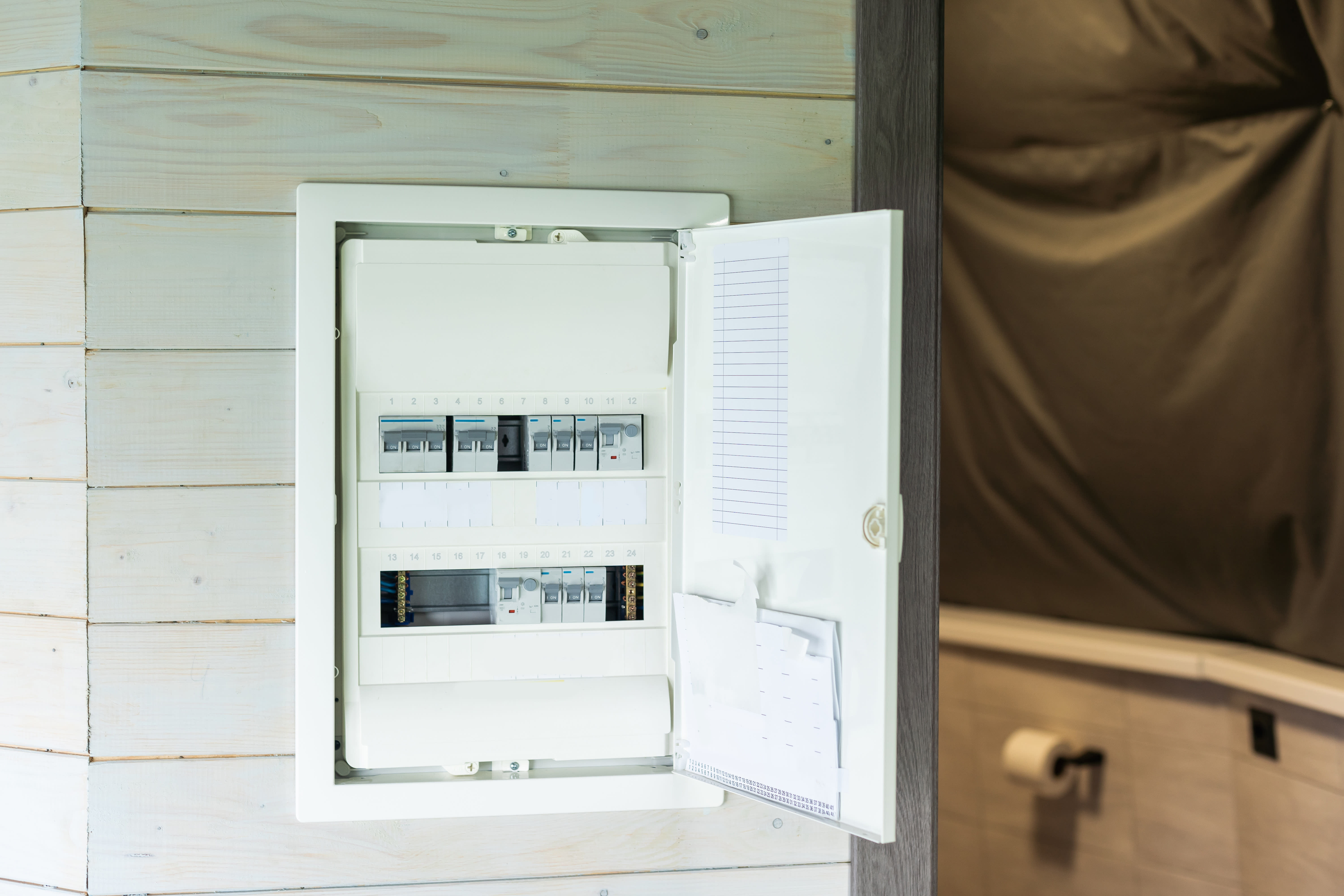
Circuit Breakers
The switches in your electrical panel are called “circuit breakers.” Each one corresponds to an electrical circuit within your house, which is just a closed loop of wire and other electrical components that carries electricity to and from the things in your house that need it, aka “electrical loads.” 💡
Each switch should have a label that tells you which circuit it controls, along with an indication of how many amps are being carried by that circuit. Common household circuits can carry 15, 20, 30, 40, 50, or 60 amps, and they may have labels like “kitchen outlets”, “dryer”, “central AC”, and so on.
The main role of circuit breakers is to automatically disrupt a circuit if unsafe conditions are detected. While a circuit is functioning normally, it’s switch should be toggled to the “on” position. If you want to manually turn off a circuit, you can toggle the switch to the “off” position.
If your panel’s safety sensors identify signs of danger, the circuit will automatically shut off and you will find its switch in between the on and off positions. 🦺
Underneath the switches in your electrical panel, there may or may not be empty slots for additional circuits and circuit breakers to be installed.
The largest circuit breaker, usually located in the middle of the panel above all of the other circuit breakers, is the main circuit breaker. It can control all of the other circuits at once.
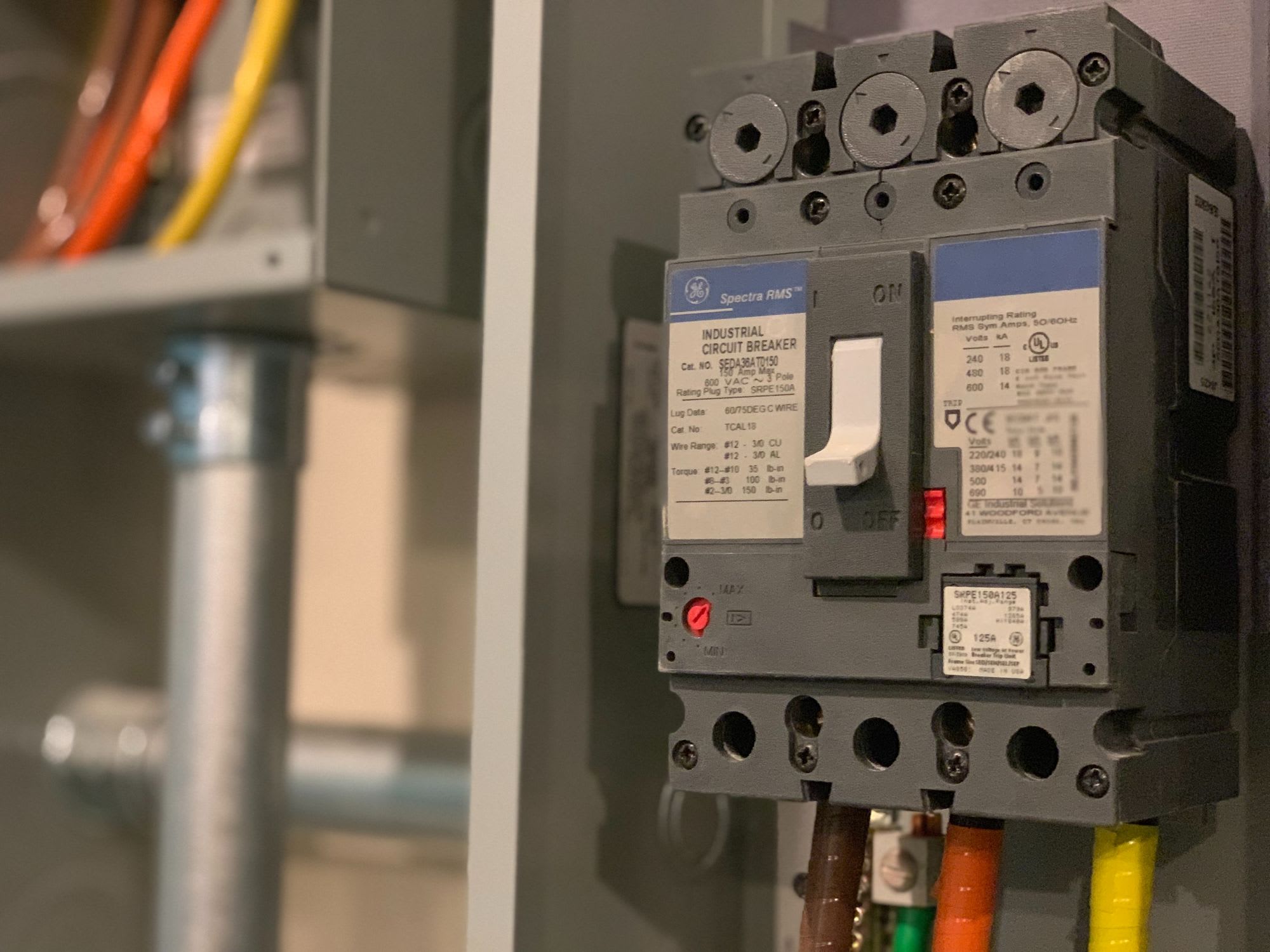
Figuring Out What Your Home’s Electrical Service Is
Now for the important part: figuring out what type of electrical service your home has. 🏠
A home’s electrical service is defined by the number of amps it receives from the grid. Most modern homes in the U.S. have 100-amp, 150-amp, or 200-amp electrical services, depending on their size and electrical needs.
Newer and larger homes and homes that use a lot of electricity may have multiple electrical panels that allow them to receive 300-amp, 400-amp, or even 800-amp electrical services. Older homes may have 60-amp electrical services.
Note: a home with 60-amp electrical service is likely to have a fuse box instead of a breaker box. Yes, these are actually different - a fuse box has no switches!
The number of amps specified on your electrical panel’s main circuit breaker is your home’s electrical service. Keep in mind that if you have a larger house with multiple electrical panels, your electrical service will correspond to the sum of the amp labels on each of their main circuit breakers. ➕
Back to the problem at hand: your electrical panel is limited by the number of amps it receives from the grid, and can only power so many electrical loads at once. If you want to install an appliance with high power needs, like a heat pump or an induction stove, and you don’t have enough amps, you run the risk of overloading your electrical panel. 🛑
How do I know if my house has the capacity to handle my planned energy efficiency upgrades?
There are two ways to assess whether or not your current electrical panel will be able to take on an increased electrical load.

The Hard Way: Doing The Math
Professional electricians have devised a mathematical procedure that can help you reliably determine what the energy needs of your electrified home will be, and whether or not your electrical service will be able to handle the heightened load.
While the actual math is a little tedious, the idea behind it is simple: it allows you to directly compare the amperage you have to the amperage you’ll need.
Here is a step-by-step walk through of the process: ✅
- Start with the amount of power used by general lighting and receptacles in your house, measured in Watts. If this information isn’t indicated in your electrical panel, you can estimate it by multiplying the square footage of your house by three.
- Add another 1500 Watts for each 20-amp/120-volt circuit in your kitchen and each 20-amp/120-volt circuit in your laundry room. 👩🍳 🧺
- Add the wattages of all of your appliances that occupy their own individual circuits, along with any appliances you’re planning to install that will require their own circuits (i.e. your dryer, dishwasher, water heater, car charger, heat pump etc.). These circuits should be individually labeled in your breaker box, and power ratings should be indicated on the appliances themselves or in the product information. 📦
- Take the sum you have and subtract 10,000. Multiply the result by 0.4. Add 10,000. This little maneuver helps account for the fact that most of your appliances are not running all day every day.
- If you have an electric heating and/or cooling system, add the wattage of whichever appliance has a higher power rating. 🥵 🥶
- Divide by 240.
The number you are left with is the number of amps you’d need to power your home (assuming your electricity is delivered at 240 volts - if it’s delivered at 120 volts, divide by 120 instead).
Conventional wisdom states that in order to avoid electrical accidents, your house should not use more than roughly 80% of your available amperage. So, if you know your house’s amperage is 100 amps, you want the resulting number to be about 80 amps or less.

The Easy Way: Guesstimating
This “method” is admittedly not going to give you a definitive answer about whether or not your house will be able to handle your electrified life.
But, these rules of thumb can help make an educated guess about whether or not your electrical panel will be able to take on new appliances. 👍
- If you live in an older house that has a 60-amp electrical service… ain’t no way. Sorry.
- If your home is 3000 square feet or less, and you don’t have electric heating or cooling, you’ll probably be able to get away with a 100-amp electrical service.
- If your home 3000 square feet or less, and you have electric heating or cooling, you’ll probably need 200-amp electrical service.
- If your home is larger than 3000 square feet, and you have electric heating/cooling, you may need a 300-amp or even 400-amp electrical service.
Note in all of these cases, there has to be room for new circuits on your electrical panel in order for it to be able to support new appliances.
My current electrical service won’t cut it… Now what?
Don’t worry, you have options!
Before we jump into solutions, it should be noted that ultimately, an electrician should be consulted to determine which one is the best fit for you.
If you need more amps… ⚡️
If you have concluded that you need more amperage and that’s all there is to it, you pretty much only have one option: upgrading your existing panel.
Upgrading your electrical panel to increase your home’s electrical supply will entail replacing both the panel itself, and the wires that run between the electrical panel and your electrical meter, i.e. your connection to the grid.
This is not a DIY project. You will need to hire a certified electrician, and depending on where you live, you may need to pay for permits and/or inspections. The more amps you want, the more this project will cost. 💸
According to This Old House…
- Upgrading to a 100-amp panel will cost between $800 and $1500
- Upgrading to a 200-amp panel will cost between $1300 and $3000
- Upgrading to a 300-amp panel will cost between $1800 and $3500
- Upgrading to a 400-amp panel will cost between $2000 and $4000
In all cases, upgrading to a Smart Panel will increase these costs; but, Smart Panels can also help you increase your home’s energy efficiency in the long run, especially if you have or intend to get solar panels.
In the current era of electrification, it’s best to err on the side of caution and upgrade to an amperage that is more than what you think you need. For example, if you currently have a 60-amp service, don’t upgrade to a 100-amp service. In all likelihood, you will need to upgrade again soon.
Additionally, homeowners who upgrade to electrical services of 200 amps or more qualify for a federal tax credit worth 30% of the project’s cost, with a maximum value of $600. Cha-ching. 💪
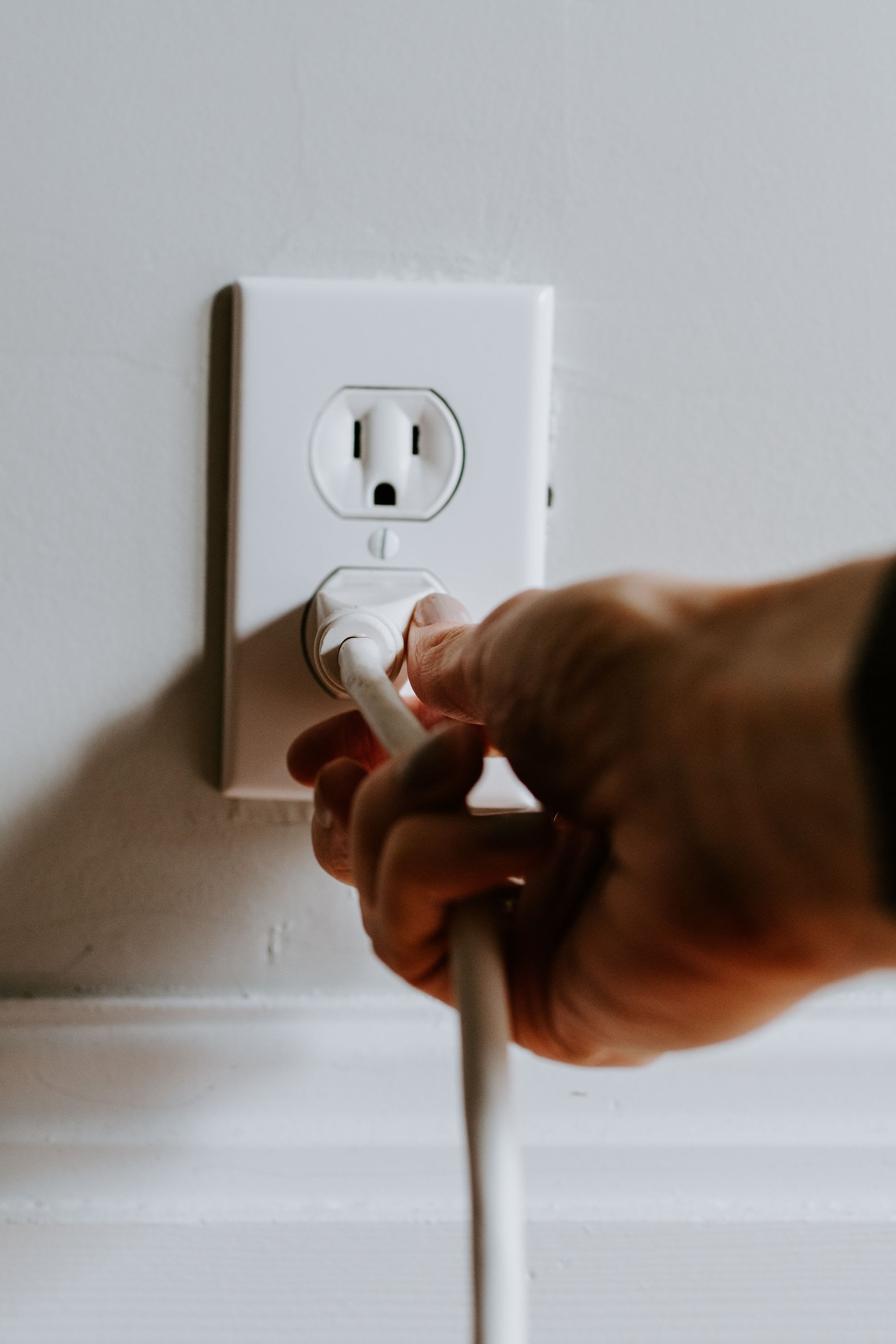
If you need more circuits… 🔌
If you’re happy with your home’s electrical service but need more circuits, and there’s room in your electrical panel, you can just hire an electrician to come install additional outlets where you want them and connect them to your breaker box (or, if you don’t want that hassle, you may be able to use a Smart Splitter… scroll on).
If you’re happy with your home’s amperage but don’t have enough circuits, and don’t have any room on your electrical panel, you have three options: installing a subpanel, installing tandem breakers, or using a Smart Splitter.
Note: the potential of each of these solutions is highly dependent on what new appliances you want to install. You may discover that even though you have enough amperage, you still need a panel upgrade. Ask an electrician!
Subpanels
A subpanel is exactly what it sounds like: it’s an additional panel that is fed by the main electrical panel, allowing a single high amperage circuit to be broken down into several lower amperage circuits.
As such, it does not provide any additional amperage, only additional circuits, and it does not have a main circuit breaker. Typically, a subpanel is wired to serve a specific, confined area of the house, such as a garage, kitchen, or small ADU.
A subpanel is a viable option for homeowners looking to support new electric appliances, as long as it is appropriately sized to handle the additional electrical loads. According to Home Guide, purchasing and installing a subpanel can cost anywhere from $400 to $2000 all in, depending on its size. 📐
Tandem Breakers
Tandem breakers allow for two circuits to share a single slot in the breaker box, which can free up space on your electrical panel. 👯♀️
Most tandem breakers cost less than $50, making them a cost effective option to increase the circuit capacity of your breaker box.
However, the use of tandem breakers is highly regulated, as using them in electrical panels or slots that are not designed for them, or using too many at once, can be a fire hazard. In some cases, it’s just flat-out illegal. So, as always, consult a certified electrician before running out to buy a handful of tandem breakers. 🏃♀️
Smart Splitters
Smart Splitters are a new innovation that allow a single 240-volt outlet to be shared between two appliances. They’re a great solution for homeowners who already have a conveniently placed 240-volt outlet that is in use, and are just trying to accommodate an additional high-power device without having to pay to wire another outlet.
It should be noted that a Smart Splitters does not create an additional circuit, so the power coming from the outlet will be shared between the two devices plugged into the splitter: they can either both receive half of the available power, or the splitter can be programmed to provide each device with full power on a set schedule. ⏰
Smart Splitters typically cost between $300 and $400.
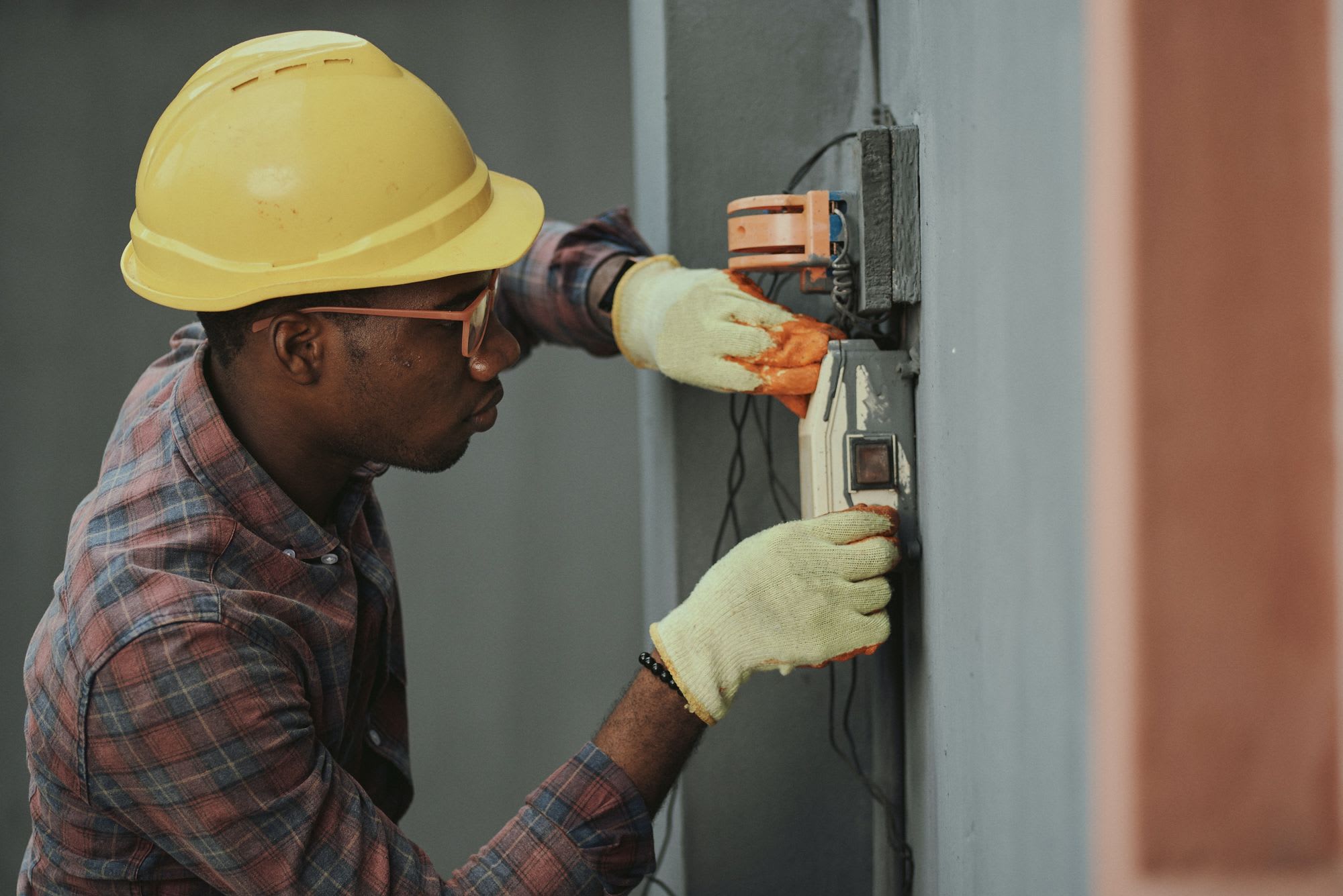
Some Final Takeaways
If you plan to convert your house into an all-electric, fossil-fuel free oasis, one of your first steps should be assessing your home’s electrical service, and determining whether or not you need to upgrade your electrical panel. 😤
Please, please keep in mind: you should not fuck with electricity if you’re not an electrician. These are not DIY projects.And in any case, an electrician is going to be able to help you determine which solution is best suited for your needs.
You can contact Wildgrid or use the Green Business Directory to get in touch with a trusted contractor who can help you reach your electrification goals safely. 👷♀️
